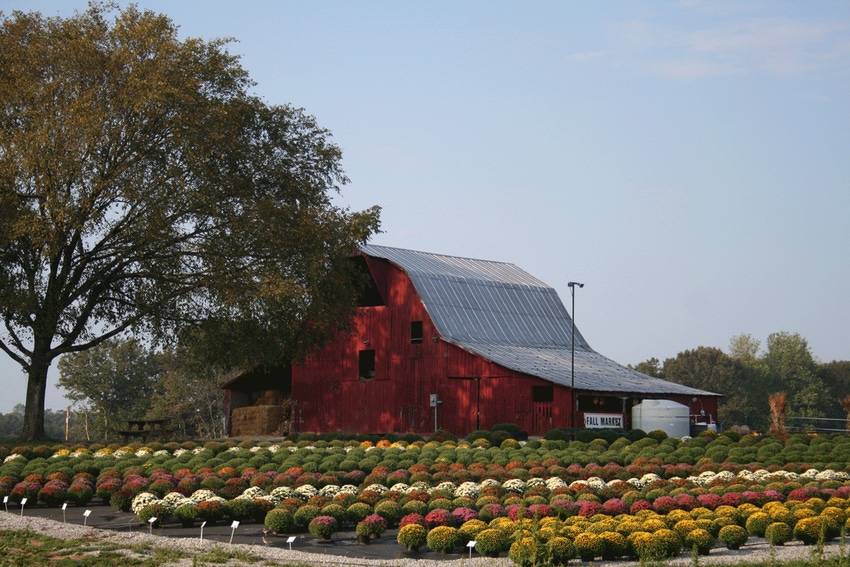June 11, 2014

Farm insurance plays important but often overlooked role in the farm business operation. In many cases, coverage levels are not reviewed and updated until a claim is filed. Farmers need to carry sufficient coverage to insure the continuation of the business in the event of a loss.
Two commons types of farm insurance are property and liability insurance.
Liability insurance provides protection to the insured against the financial risk of legal liabilities resulting from the death or injury to another person or damage to the property of another. It pays covered claims, court or judgment costs up to the limits of a policy that might be obtained by someone who brought suit because of an accident or other cause. Judgments can be very costly and have the potential to force the liquidation of the business.
Insurance agents say there is a simple and quick way to determine the amount of liability coverage for an individual. First, what is the value of the real estate owned by the insured? A recent tax assessment will provide a value of the real estate. Second, what is the value of personal property e.g. cattle, equipment, vehicles, boats, contents of homes etc., savings, investments and other personal property? Agents recommend that the coverage levels of the liability and vehicle policies should equal or exceed the value of all real estate and personal property owned by an individual. Consequently, many people carry umbrella policies to cover unexpected claims above the standard policy limits.
An umbrella policy is liability insurance that provides additional coverage in excess of underlying policies and can cover claims in excess of other policies held by the insured. For example, when an insured is liable to someone, the insured’s primary insurance policies pay up to their coverage limits. Then any additional amount is paid by the umbrella policy (up to the limit of the umbrella policy). Most umbrella policies require that the underlying policies provide at least $300,000 to $500,000 in liability coverage. A $1,000,000 umbrella policy can annually cost $150 – $250. Umbrella policies are an inexpensive way to insure against catastrophic liability claims that could potentially force an individual to liquidate all their assets.
Fire insurance is a second type of property insurance policy which covers repairs or replacement costs of homes, farm buildings, equipment and other personal property. Damage resulting from fire, lightening and other hazards can cause major financial losses. Producers should check their policies to insure their policies cover losses due to wind and damage to roofs due to heavy snow loads. The Bureau of Labor Statistics which compiles the Producer Price Index for residential construction materials (e.g. concrete, wood, brick, dry wall, etc.) stated that over the past ten years construction costs have increased by over 45 percent.
The deductible question
Agents who work with agricultural producers strongly encourage their clients to sit down with their agent to review and update coverages at least once every three years. During this meeting, producers can add new buildings and update coverage levels for buildings in order to have sufficient coverage to cover the replacement cost for the structures. Likewise, they should increase coverage levels if there have been upgrades of major pieces of equipment e.g. tractor, combine etc. At this meeting, they may wish to analyze how deductibles on their policies influence their premiums.
The deductible is the amount that an individual pays out-of-pocket for expenses before the insurance company will cover the remaining costs of a claim. Producers may wish to think of a deductible as the amount of loss that they can sustain for an insurance claim and the business will continue to operate. For example with a $500 deductible on a $1,500 claim, the insured person pays $500 and the insurance company pays $1,000. Generally, higher deductibles will result in lower premiums for a given coverage level. Producers may wish to consider raising their deductibles to $1,000, $2,500 or $5,000 as a means to offset higher premiums due to increased coverage levels for a specific policy.
Premium levels are based on the frequency of claims, cause of the claim and the size of the claim. Insurance agents have stated that policy holders who frequently file claims as a way to offset some their premiums will have higher premiums than those who rarely file claims. In some situations, the policy will not be renewed by the insurance company.
Insurance plays an important role in protecting and preserving an individual’s net worth when catastrophic events such as fire, weather related events or judgments occur. It is essential that a policy holder sit down with their insurance agent at least once every three years to review and update coverage levels so hard earned equity will not be lost or taken away.
You May Also Like




